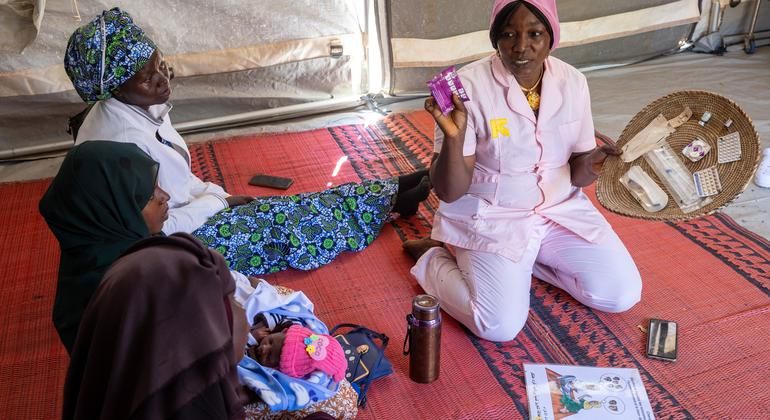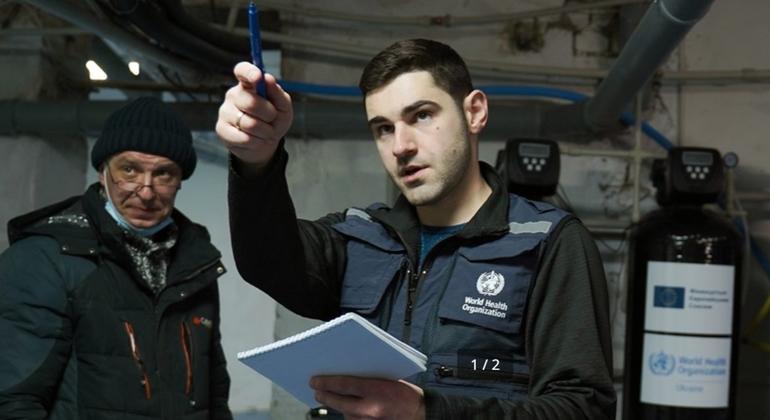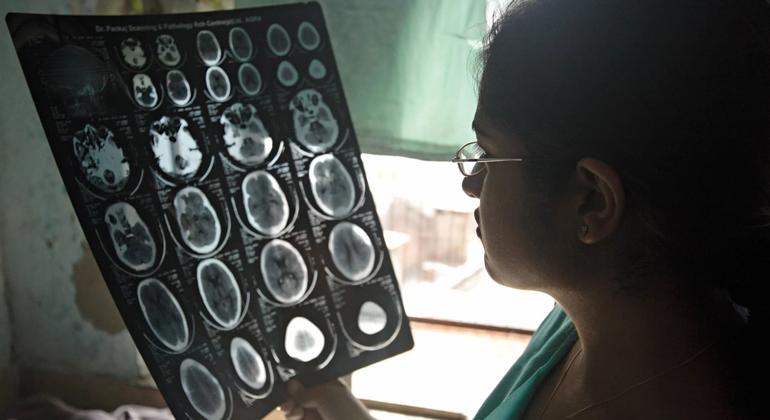According to the World Health Organization (WHO), this type of large -scale rescue is possible, Yeah The attention of theion is universally accessible and consistent with international standards.
“Expanding and investing in midwiving care models is one of the most effective strategies to improve maternal and newborn health worldwide“Said Dr. Anshu Banerjee, director of maternal, child and adolescent aging of the WHO.
In a recently published report, which described how individual countries, with the support of the international community, can mobilize relevant interested parties and institute policies that support midwives.
Paristern Attention Models
Midwives worldwide work diligently to provide a continuum of attention to women, including care that surrounds sexual and reproductive health, pregnancy, childbirth and postnatal care.
Emphasizing personalized and culturally conscious approaches, midwifery is especially useful for reducing access barriers for women in rural or conflict regions where hospitals may not be accessible.
“Qualified midwives help women trust their bodies, their skills and care … Ensure that women constantly form part of decision -making and have access to the information they need,” said Ulrika Rehnstrom Loi, an expert in midwife in WHO.
The WHO report emphasized that midwife attention models are especially important as concerns about over-medalization in childbirth become more pronounced.
“In a world where childbirth is increasingly medical [midwives] offer an evidence -based approach focused on the person who Respect the physiological process of birth, restores dignity and autonomy to motherhood attention“Said Anna Ugglas, executive director of the International Wood Confederation.
Implementation of a global imperative
Currently, the world faces a global shortage of about one million midwives. A concentrated and intersectoral action is needed to reverse this shortage.
“Glue attention models are not just intelligent solutions, they are a necessity,” said Ugglas.
The WHO report described that increasing the number of midwives worldwide requires a policy action in many sectors, including health and education, in addition to defense campaigns.
In Morocco, the Patejas association carried out an awareness campaign that distributed flyers and cultivated associations with women and civil society organizations.
This campaign finally led to legislation in 2016 that defined what the birth was, the first of its kind in Morocco.
As the Moroccan example indicates, the report says that the formulation of policies, defense and implementation must occur simultaneously and that each country must adopt an approach that is specific to its context.
“[Midwifery] The approaches improve the results, maximize resources and can adapt to all countries, ”said Dr. Banerjee.
Case study in rural guts
A campaign in the West Bank directed by the Palestinian Society of the Red Crescent, the Norwegian Committee of Palestine and the Palestinian Ministry of Health worked to address the challenges faced by women in rural areas by accessing attention.
Through coordination with hospitals and community members, the campaign extended the service services to six regional hospitals and 37 villages between 2013 and 2016. This led to a 20 percent decrease in unplanned caesarean sections and a 21 percent decrease in premature birth rates.
And these were only the short -term effects, but Mr. Banerjee said that the expanded access of midwifery can also have longer term effects.
“[Midwifery models of care] It also improves the experiences of attention of women and families: build confidence associations for health at this critical stage of life. ”












